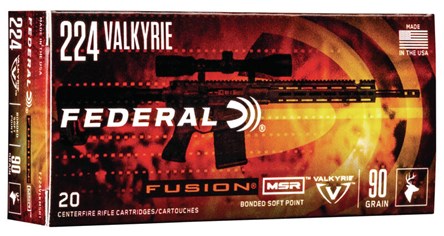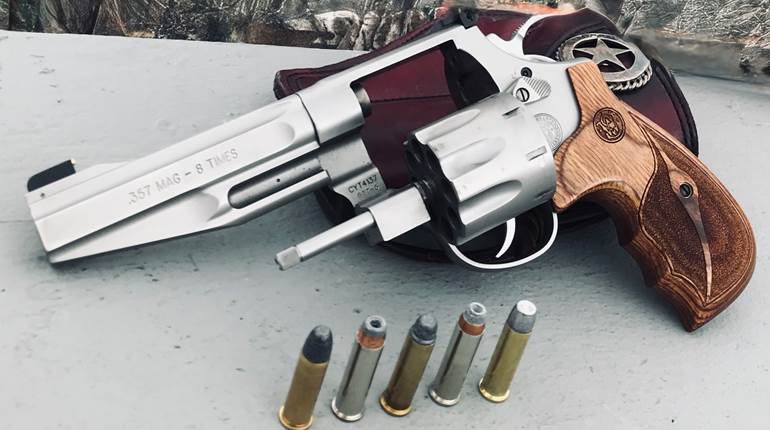There is always a lot of interest surrounding the introduction of new firearm cartridges, particularly when they are specifically built to function in America’s rifle—the AR-15 platform and its many variations. So, understandably, there was a lot of interest in 2017 when Federal’s .224 Valkyrie cartridge was announced, and the usual hubbub ranged from excitement to bewilderment as the ballistically-inclined enthusiastically debated the merits and utility of the newcomer. What is it? Why do we need it? How does it perform?
Now that Valkyrie has had a bit more than a year to mature, I thought it was important to get to the range and answer some of those questions.

The .224 Valkyrie is a center-fire rifle cartridge that can claim the 6.8 mm SPC cartridge as its parent case. The 6.8 SPC, you’ll remember, has been kicked around in various military circles for years now as a larger-caliber ammunition option that would still function well in the light, handy AR-15-size rifles. In fact, the 6.8 is back in the limelight now as the military has opened various “future weapons” projects, but I digress. Federal seized upon the 6.8 SPC cartridge case, and its suitability in auto-loading rifles, but necked the case down to accept .224-cal. projectiles. The name of the game was to design a versatile cartridge that would offer shooters meaningful improvements over the .223 Rem./5.56 NATO family of cartridges in the familiar, and well-loved, AR-style platform. In my opinion, Federal has managed to achieve its goal.
Without getting too far into the weeds, the .224 Valkyrie delivers modest gains in velocity and energy compared to similar .223/5.56 loads. (If you prefer to wade into the tall grass, see American Rifleman’s technical report here and watch the video above.) Where the Valkyrie really shines, though, is in its ability to use longer and heavier projectiles that are better suited for extended-range pursuits. Actually, the Valkyrie’s greatest asset is its ability to accommodate a wide range of bullets that, collectively, can fulfill an equally wide variety of needs—from 60-gr. bullets for varmints and predators, to 90-gr. projectiles for deer hunting and competition shooting, as well as several general purpose loads in between.
During my testing, I found .224 Valkyrie to be accurate and reliable when shot from a Savage MSR-15 Valkyrie rifle, and I’m interested to see where the cartridge goes from here. It brings a lot of performance to the table, and I think hunters and long-range shooters will appreciate the cartridge’s increased capabilities, particularly because they don’t require a larger, heavier rifle to be realized.

























